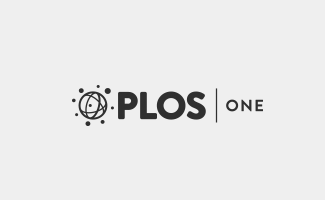
“Despite the standard approaches to treat the highly aggressive and invasive glioblastoma (GBM), it remains incurable.
In this sense, cannabinoids highlight as a promising tool, because this tumor overexpresses CB1 and/or CB2 receptors and being, therefore, can be susceptible to cannabinoids treatment.
Thus, this work investigated the action of the cannabinoid agonist WIN55-212-2 on GBM cell lines and non-malignant cell lines, in vitro and in vivo. WIN was selectively cytotoxic to GBM cells. These presented blebbing and nuclear alterations in addition to cell shrinkage and chromatin condensation. WIN also significantly inhibited the migration of GAMG and U251 cells.
Finally, the data also showed that the antitumor effects of WIN are exerted, at least to some extent, by the expression of p53 and increased cathepsin D in addition to the decreased expression of HSP70.This data can indicate caspase-independent cell death mechanism. In addition, WIN decreased tumoral perimeter as well as caused a reduction the blood vessels in this area, without causing lysis, hemorrhage or blood clotting.
So, the findings herein presented reinforce the usefulness of cannabinoids as a candidate for further evaluation in treatment in glioblastoma treatment.”
https://www.ncbi.nlm.nih.gov/pubmed/30776504
https://www.sciencedirect.com/science/article/pii/S0887233318307537?via%3Dihub




 “Night sweats significantly impact the quality of life for cancer patients and are often resistant to treatment.
“Night sweats significantly impact the quality of life for cancer patients and are often resistant to treatment.



